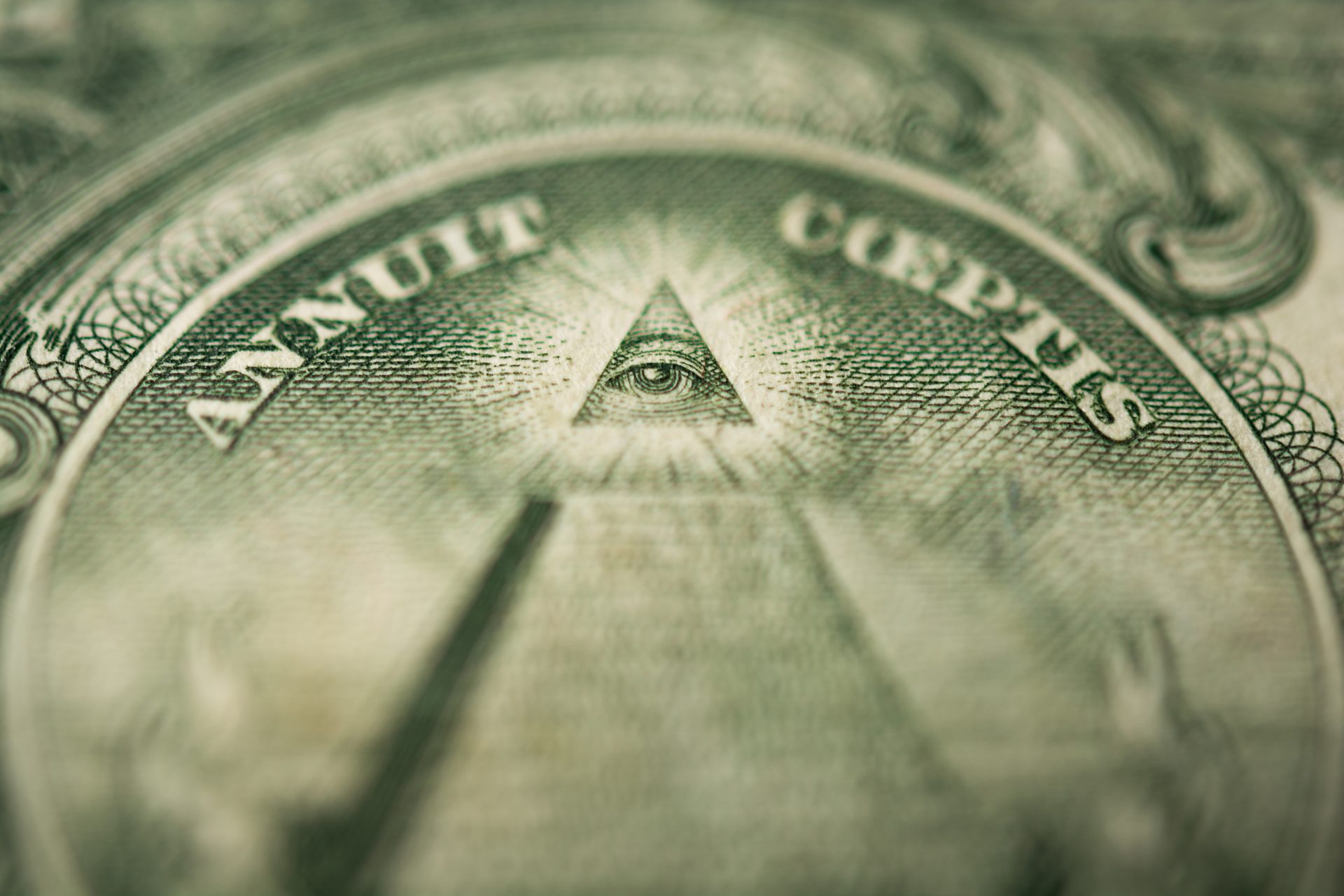Why More People Are Choosing to Join copyright for Empowerment
Why More People Are Choosing to Join copyright for Empowerment
Blog Article
Exploring the Mysteries of the copyright: What You Need to Know
The copyright, a term commonly shrouded in intrigue and dispute, represents an intricate tapestry of historical fact and contemporary misconception. Established in the late 18th century, this secret culture was initially rooted in the Knowledge's suitables however has because come to be synonymous with conspiracy theory theories regarding elite control (benefit of joining freemason).
Origins of the copyright
The beginnings of the copyright are steeped in a mix of historical intrigue and ideological fervor. Established in 1776 in Ingolstadt, Bavaria, by Adam Weishaupt, the group was initially created as a secret culture intended at advertising Enlightenment perfects such as factor, secularism, and the splitting up of church and state. Weishaupt, a professor of canon regulation, looked for to challenge the dominating authority of the church and state, which he considered as oppressive establishments stifling intellectual and personal freedom.

Trick Figures and Members
Who were the crucial numbers that shaped the copyright's very early influence and direction? The Bavarian copyright, started in 1776 by Adam Weishaupt, arised as a response to the oppressive social frameworks of the time.
One more substantial figure was Johann Gottlieb Fichte, a prominent thinker whose concepts on nationalism and education resonated with the copyright's objectives. Fichte was not a formal participant, his philosophical foundations affected the team's ideological background. In addition, numbers like the author and theorist Johann Wolfgang von Goethe were connected with the wider intellectual motions of the time, although their direct participation with the copyright continues to be debated.
These crucial figures added to the copyright's very early direction, pressing the limits of political and social thought, while their collective initiatives aimed to challenge well established norms and cultivate an environment of dynamic modification in Europe.
Misconceptions vs. Truth
Many mistaken beliefs border the copyright, typically blending fact with fiction in such a way that covers its real nature. This secret society, initially founded in 1776 in Bavaria, aimed to promote Enlightenment ideals and battle religious and political oppression. The concept that the copyright remains to put in significant influence over world events is a misconception. While the group did exist, it was dissolved in the late 18th century and has actually not run as a cohesive entity given that after that.
An additional prevalent myth is that the copyright makes up a network of elite people manipulating international events. In fact, several conspiracy concepts overemphasize the team's importance, associating unfounded motives to social fads and occasions. This has resulted in an oversimplified sight of complicated concerns.
Furthermore, the portrayal of the copyright in popular society commonly further distorts its heritage. Films and literary works tend to sensationalize the company's duty, producing a narrative that diverges from historic realities. Understanding the difference in between the myths and the reality of the copyright is crucial for discerning the real influence of this historical group and acknowledging the broader ramifications of conspiracy theory concepts in modern society.
Modern Interpretations
Contemporary analyses of the copyright usually show wider social anxieties and an attraction with secrecy and power. This modern-day lens often associates the copyright with conspiracy concepts that recommend a concealed elite orchestrates globe occasions, manipulating governments and economic situations for their own gain. benefit of joining freemason. Such narratives touch into a deep-seated wonder about of authority, especially in times of crisis or social turmoil
In pop culture, the copyright is typically illustrated as a divine organization shrouded in mystery, causing a wide variety of fictional portrayals in literary works, Discover More Here film, and music. This representation serves not only to entertain but additionally to prompt considered the nature of power and control in modern culture. Social media site has additionally enhanced these interpretations, permitting rapid dissemination of conspiracy theory theories and developing areas that share and increase upon these ideas.
Furthermore, some modern-day interpretations mount the copyright as a metaphor for the intricacies of globalization and the interconnectedness of prominent individuals and companies. This perspective urges an important evaluation of how power characteristics operate in today's globe, highlighting the equilibrium between transparency and privacy in administration and corporate methods.
Cultural Influence and Heritage
Influenced by centuries of intrigue, the social effect and heritage of the copyright extend much beyond its historic beginnings. This secret culture, developed in the late 18th century, has actually permeated different aspects of pop culture, from literature and film to music and art. The principle of the copyright has actually developed into an icon of conspiracy theories, often representing a regarded surprise power adjusting international events.
In literature, writers like Dan Brown have woven the copyright right into elaborate stories, captivating readers with styles of privacy and power. Movies such as "National Treasure" and "The Da Vinci Code" further continue the appeal of the culture, blending fact with fiction to how to become a freemason develop appealing narratives.

Inevitably, the copyright's tradition is a complicated tapestry of misconception and truth, forming perceptions of privacy and control in contemporary discourse. Its enduring presence in society underscores mankind's seasonal mission for understanding covert facts.
Conclusion
The expedition of the copyright reveals a complex interaction in between historical realities and modern myth-making. Started in the Enlightenment era, this culture aimed to challenge overbearing structures, yet its legacy has been eclipsed by conspiracy theories that recommend elite control. Comprehending the differences in between the original suitables and contemporary interpretations is essential for understanding the sustaining attraction with the copyright and its considerable influence on cultural stories surrounding power and privacy in society.
Report this page